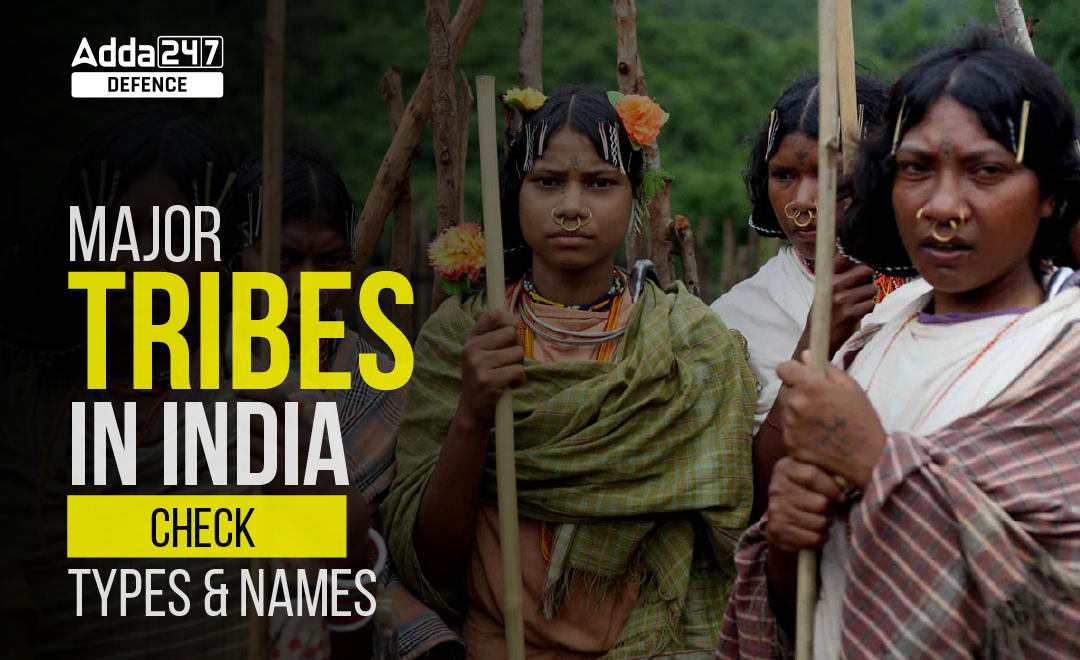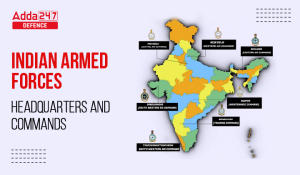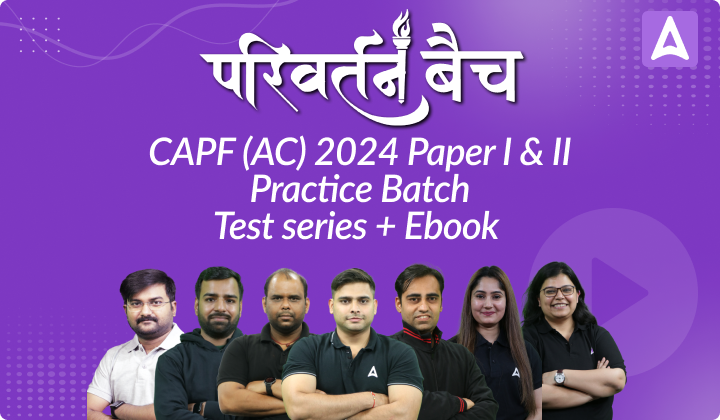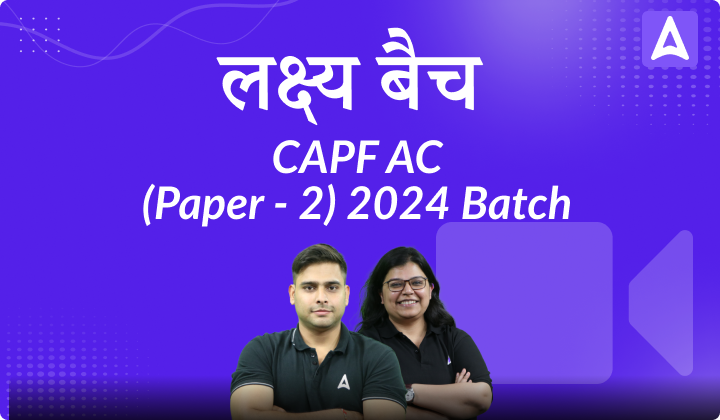Tribes in India
A tribe is a social division in a traditional society consisting of families connected by social, economic, religious, or blood ties, with a common culture and dialect. A tribe possesses certain qualities and characteristics that make it a unique cultural, social, and political entity. They are united by ties of descent from a common ancestor, a community of customs and traditions, adherence to the same leaders, etc
In India, Tribes are known as ‘Adivasis’ in India and The Ministry of Tribal Affairs is the head ministry of scheduled tribes in India.
Major Tribes in India
Indian Constitution recognizes tribal communities in India under ‘Schedule 5’. Thus, the tribes recognized by the Constitution are known as ‘ Scheduled Tribes. There are approximately 645 distinct tribes in India. The total population of scheduled Tribes is around 100 million as per the Census 2011 which is around 8.6% of the whole population of the nation. The share of the Scheduled Tribe population in urban areas is 2.8%. For Scheduled Tribes, 47 seats are reserved in Lok Sabha.
On November 10, 2021, the Union Cabinet declared November 15 as ‘Janjatiya Gaurav Divas’ marking the birth anniversary of the esteemed leader and saluting his contributions to India’s freedom movement.
State Wise List of Major Tribes
Among all the states, Madhya Pradesh has the largest number of scheduled Tribes, and Orissa stands at the second position. There are no Scheduled Tribes in certain states like Punjab, Delhi, Chandigarh, Pondicherry, and Haryana.
Let’s look at the list of state-wise Major tribes of India provided below –
| States | Tribes |
| Jammu and Kashmir | Gaddi, Garra, Mon, Purigpa, Sippi, Bakarwal, Balti. |
| Himachal Pradesh | Gaddis, Gujjars, Khas, Lamba, Pangwala, Lahaulas, Swangla |
| Uttarakhand | Bhotias, Buksa, Khas, Jaunsari, Raji, Tharu |
| Uttar Pradesh | Jaunsari, Kol, Raji, Tharu, Bhotia |
| Rajasthan | Bhils, Damaria, Dhanka, Meenas, Sahariya, Pateliya. |
| Gujarat | Paradhi, Pateliya, Barda, Bamcha, Bhil, Charan, Dhodia, Gamta. |
| Maharashtra | Katkari, Khond, Rathawa, Warlis, Bhaina, Bhunjia, Dhodia |
| Goa | Siddi, Varli, Dhodia, Dubia, Naikda. |
| Karnataka | Adiyan, Barda, Gond, Bhil, Iruliga, Koraga, Yerava and Pateliya |
| Kerala | Adiyan, Arandan, Kurumbas, Malai arayan, Moplahs, Uralis |
| Tamil Nadu | Adiyan, Aranadan, Irular, Kadar, Kanikar, Kotas, Todas. |
| Madhya Pradesh | Baigas, Bhils, Bharia, Birhors, Gonds,Katkari, kharia, Khond, Kol, Murias. |
| Chhattisgarh | Agariya, Bhaina, Bhattra, Biar, Khond, Mawasi, Nagasia. |
| Telangana | Chenchus |
| Odisha | Gadaba, Ghara, Kharia, Matya, Oraons, Santhals, Rajuar |
| Jharkhand | Gonds, Kharia, Mundas, Santhals, Savar, Birhors, Bhumij |
| Bihar | Asur, Baiga, Birhor, Birjia, Chero, Gond, Parhaiya, Santhals, Savar |
| West Bengal | Asur, Khond, Hajong, Ho, Parhaiya, Rabha, Santhals, Savar |
| Sikkim | Bhutia, Khas, Lepchas, Limboo, Tamang |
| Andhra Pradesh | Andh, Sadhu Andh, Bhagata, Bhil, Chenchus, Gadabas, Gond, Goundu, Jatapus, Kammara, Kattunayakan, Kolawar, Kolam, Konda, Manna Dhora, Pardhan, Rona, Savaras, Nakkala, Dhulia, Thoti, Sugalis, Banjara, Kondareddis, Koya, Mukha Dhora, Valmiki , Yenadis, Sugalis, Lambadis. |
| Arunachal Pradesh | Sherdukpen, Singpho, Apatanis, Abor, Dafla, Galong, Momba. |
| Assam | Chakma, Chutiya, Dimasa, Hajong, Garos, Khasis, Gangte. |
| Andaman and Nicobar | Oraons, Onges, Shompens, Sentinelese. |
| Manipur | Aimol, Angami, Chiru, Kuki, Maram, Monsang, Paite, Purum, Thadou |
| Meghalaya | Jaintias Khasis, Lakher, Pawai, Raba, Chakma, Garos, Hajong |
| Mizoram | Khasi, Kuki, Lakher, Pawai, Raba, Synteng, Chakma, Dimasa. |
| Nagaland | Mikir, Nagas, Sema, Angami, Garo, Kachari, Kuki. |
| Tripura | Chakma, Halam, Khasia, Lushai, Mizel, Namte, Bhil, Bhutia, Chaimal. |




 List of All Important Inventions and The...
List of All Important Inventions and The...
 Headquarters and Commands of Indian Arme...
Headquarters and Commands of Indian Arme...
 IND–INDO CORPAT Exercise 2024
IND–INDO CORPAT Exercise 2024









